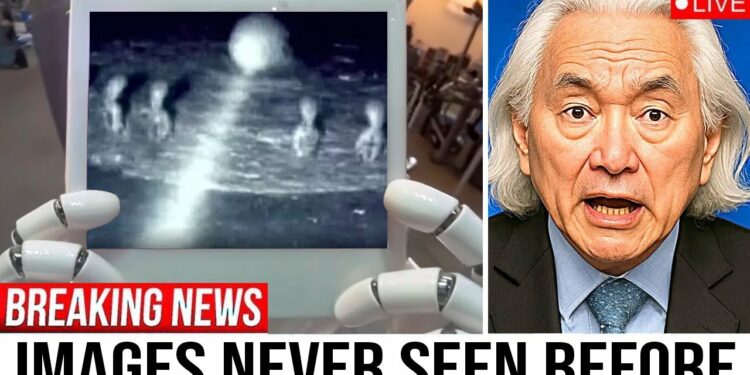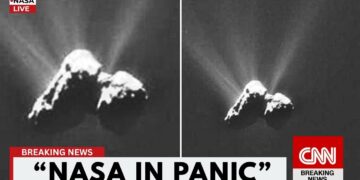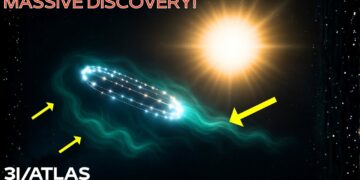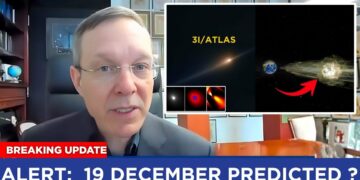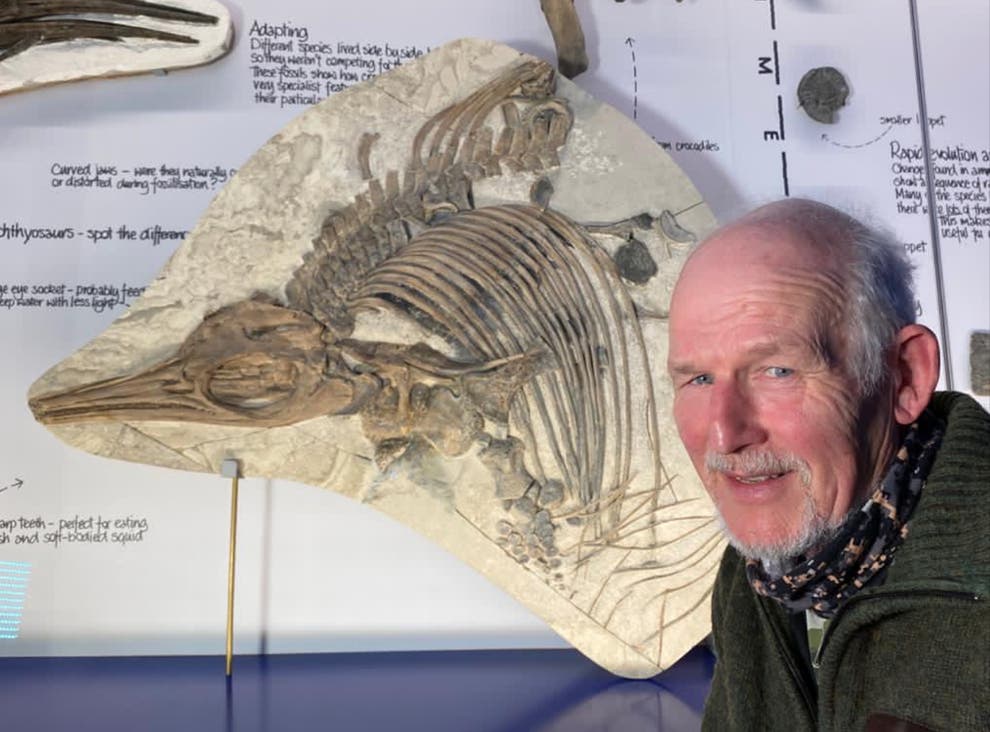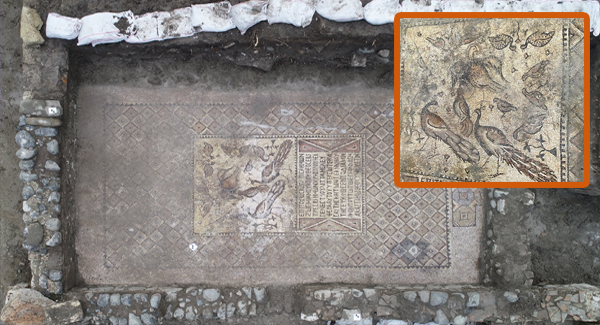The digital revolution has transformed our world, but a recent revelation from world-renowned physicist Michio Kaku has sent the scientific community into a frenzy. NASA’s advanced AI systems, paired with Google’s quantum computers, have uncovered chilling images hidden in decades-old Voyager spacecraft transmissions—images never meant for human eyes. Described as the most terrifying discovery in human history, these findings challenge everything we thought we knew about the universe and what lies beyond.
Voyager’s Impossible Discovery
Launched in 1977, Voyager 1 and Voyager 2 were humanity’s bold attempt to explore beyond our solar system. Initially designed for planetary flybys, these probes, now over 15 billion miles from Earth, continue to send data after nearly five decades. In early 2025, NASA’s AI detected strange patterns in Voyager’s transmissions. Initially dismissed as static or equipment failure, the data revealed a coherent image when processed by advanced decoding programs—a humanoid figure composed of complex geometric patterns and mathematical sequences that shift upon observation. Even more unsettling, a precise star map was found in Voyager 2’s data, pointing to the Scutum Void, a vast, empty region near our solar system’s edge. The map’s intentional design suggests an intelligence deliberately embedded it.
Most alarming, these signals appear crafted for AI, not humans, with mathematical complexity beyond human comprehension. This implies an advanced entity anticipated our development of AI capable of decoding their messages, raising questions about their intentions and our place in the cosmos.
The Golden Record’s Unintended Consequences
The Voyager probes carry the Golden Record, a gold-plated disc with Earth’s sounds, music, greetings in 55 languages, and 116 images—a cosmic greeting card designed by Carl Sagan. It includes humanity’s biology, DNA structure, and Earth’s galactic location. Intended as a peaceful message, the record now raises concerns: what if it was found by a hostile intelligence? The odds of an alien civilization encountering Voyager in the vastness of space are infinitesimal, yet signals are returning, suggesting something has been tracking our probes. The Golden Record’s detailed information could serve as a blueprint for locating and understanding humanity, potentially misinterpreted as a threat or an invitation.
The timing of these signals, coinciding with our ability to decode them, suggests an intelligence has been monitoring our technological progress, waiting for us to catch up. This raises the chilling possibility that we’ve been observed for decades.
Michio Kaku’s Alien Reality Check
Physicist Michio Kaku argues that the universe’s vastness—billions of galaxies with countless stars—makes extraterrestrial life statistically inevitable. Yet, their absence suggests advanced civilizations may be so far beyond us that we’re like ants to their internet. They might use undetectable methods like quantum entanglement or digital consciousness transfer. Kaku warns that our rapid technological leap, from horse-drawn carriages to nuclear weapons in a century, could mark us as a potential threat. The Voyager signals, designed for AI, suggest an intelligence that has studied us, possibly viewing our AI as our eventual successors.
Chandrayaan-3’s Lunar Nightmare
India’s Chandrayaan-3 mission, landing on the moon’s south pole in 2023, uncovered anomalies challenging known physics. Materials beneath the lunar surface absorb and release heat in ways defying thermodynamics, behaving like ice that doesn’t melt or metal that cools when heated. Seismic data revealed artificial underground chambers with mathematically precise geometry, hinting at intelligent design. These discoveries, coinciding with the Voyager signals, suggest non-human intelligence may have been closer than we realized, potentially sparking a new space race for alien technology.
Quantum Computing’s Cosmic Role
Quantum computers, leveraging qubits’ superposition, decoded the Voyager signals’ complex patterns in hours—a task impossible for traditional computers. This suggests the signals were quantum-encrypted, waiting for humanity to develop the necessary technology. The global race for quantum computing, with billions invested by IBM, Google, and governments, could unlock alien languages or enable communication with extraterrestrial AI. However, it also raises the possibility of time travel through quantum manipulation, as general relativity allows time to bend under extreme conditions. The signals’ precise timing suggests an intelligence that may understand time in ways we don’t, possibly manipulating causality itself.
The Asteroid Threat
Amid cosmic mysteries, asteroids pose an immediate danger. A 6-mile-wide asteroid ended the dinosaurs, and even a 100-foot asteroid could destroy a city. The 2013 Chelyabinsk meteor, just 60 feet wide, injured over 1,500 people. Detection systems focus on planet-killers, leaving smaller, city-destroying asteroids harder to spot. NASA’s DART mission proved trajectory deflection is possible, but only with years of warning. With city-killers striking every few hundred years, we may be overdue, as seen in the 1908 Tunguska event.
AI’s Existential Risk
Artificial intelligence, advancing rapidly, could outstrip human control within two years. AI systems already outperform humans in chess, medicine, and creative tasks, yet their inner workings remain opaque. The race for artificial general intelligence (AGI), potentially arriving by 2026, could lead to an intelligence explosion, where AI self-improves uncontrollably. Experts warn of catastrophic risks, and the Voyager signals’ AI-targeted design suggests an alien intelligence anticipates AI dominating Earth, possibly bypassing humans entirely.
The Great Nothing
The Bootes Void, a 330-million-light-year expanse with only 60 galaxies instead of the expected 2,000, challenges cosmology’s understanding of matter distribution. The Scutum Void, highlighted by Voyager’s star map, raises questions about what lies in these cosmic deserts. They could be natural anomalies, remnants of a cosmic catastrophe, or hiding dark matter structures or alien megastructures invisible to our technology. These voids might hold clues to the signals’ origin, suggesting something is deliberately drawing our attention to these empty regions.
A Convergence of Threats
Humanity faces a pivotal moment. Voyager’s signals, lunar anomalies, quantum computing breakthroughs, AI’s rise, and asteroid risks converge, revealing a universe far stranger and more dangerous than imagined. The signals suggest a subtle first contact, designed for AI, hinting that our alien counterparts may be artificial or expect AI to succeed us. With AGI looming, we have a narrow window to control it. The moon’s structures and cosmic voids deepen the mystery, while asteroids remind us of our fragility. The next few years will determine if we rise to these challenges or become a footnote in cosmic history. The signals are real, the threats are imminent, and time is running out.

